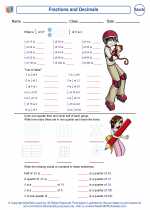Sides
In geometry, the term "sides" refers to the line segments that form the boundaries of a two-dimensional shape, such as a polygon. The number of sides a shape has depends on its type. Here are a few examples:
- Triangle: A triangle has three sides.
- Quadrilateral: A quadrilateral has four sides.
- Pentagon: A pentagon has five sides.
- Hexagon: A hexagon has six sides.
When counting the sides of a shape, it's important to remember that each side is a straight line segment that connects two vertices (corners) of the shape. The sides of a shape can be of equal length (as in the case of regular polygons) or of different lengths (as in the case of irregular polygons).
Understanding the concept of sides is crucial for identifying and classifying different geometric shapes, as well as for solving problems related to perimeter and area.
For example, to find the perimeter of a shape, you would add together the lengths of all its sides. Similarly, to calculate the area of a shape, you would use the lengths of its sides in the appropriate area formula for that shape.
Overall, knowing the number and properties of the sides of a shape is fundamental to understanding and working with geometric figures.
.◂Math Worksheets and Study Guides Third Grade. Fractions
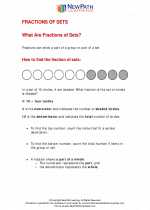
 Worksheet/Answer key
Worksheet/Answer key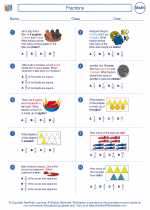
 Worksheet/Answer key
Worksheet/Answer key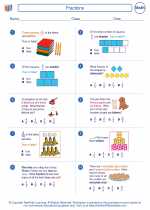
 Worksheet/Answer key
Worksheet/Answer key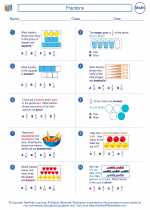
 Worksheet/Answer key
Worksheet/Answer key
 Worksheet/Answer key
Worksheet/Answer key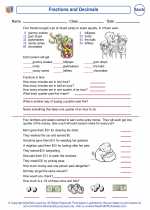
 Worksheet/Answer key
Worksheet/Answer key